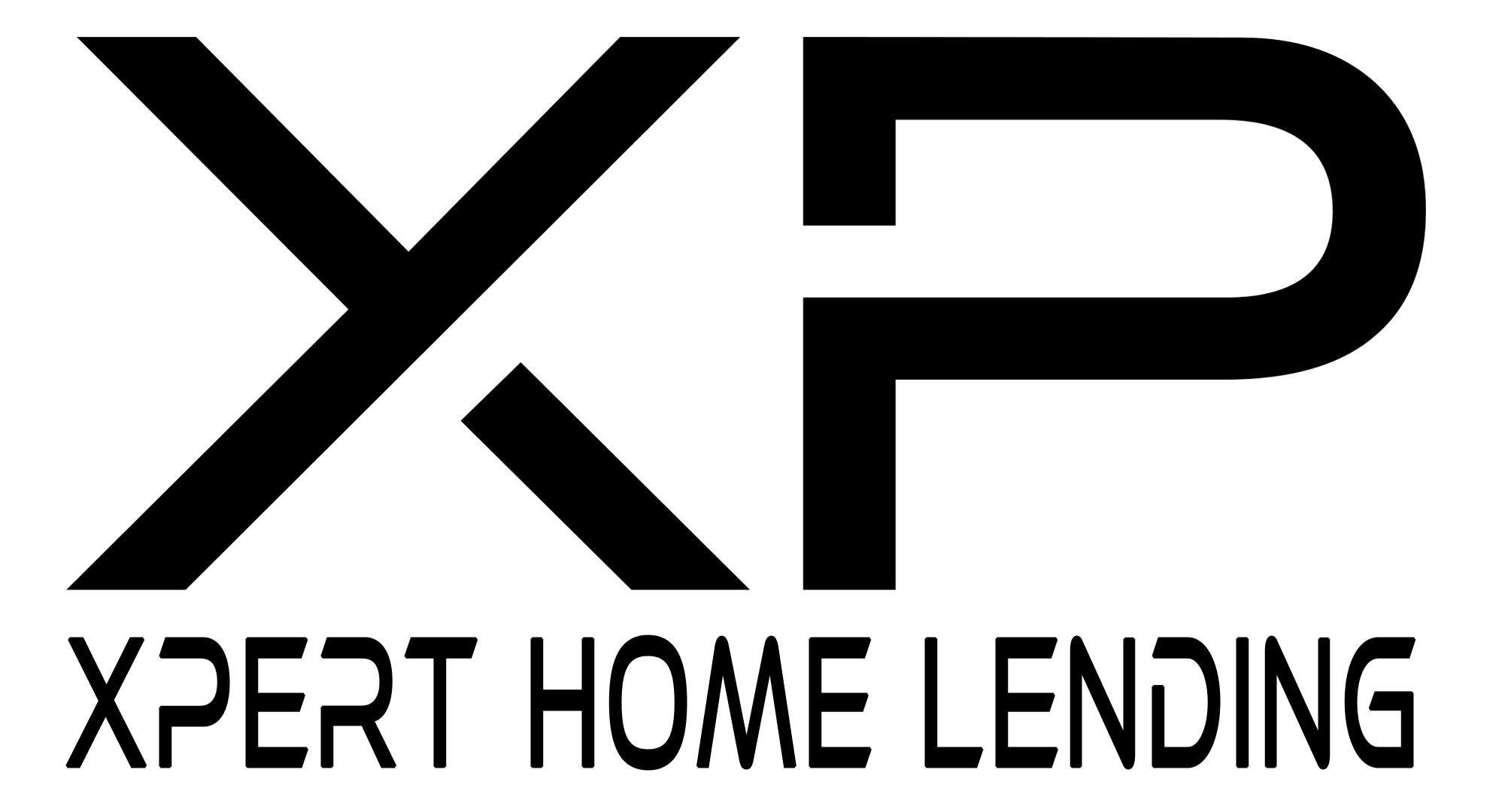AVOID THE MONEY PIT: 5 COSTLY HOME FEATURES YOU CAN PROBABLY DO WITHOUT

Let’s explore five features that could potentially be a waste of money, helping you make smarter choices for your future home.
1. Large Yard:
While a spacious yard can be appealing, it’s essential to consider the associated costs and maintenance needs. A large yard often requires additional resources and time to maintain, such as mowing, landscaping, and irrigation. These expenses can add up over time, potentially straining your budget. Instead, think about how much outdoor space you genuinely need and consider finding a balance that suits your lifestyle without breaking the bank.
2. Short Commute:
Having a short commute to work is undoubtedly desirable, but it’s essential to evaluate the long-term benefits against the added costs. Homes located closer to city centers or business districts tend to come with a higher price tag. Consider whether the savings in commuting time and expenses justify the premium you may have to pay. In some cases, a slightly longer commute from a more affordable neighborhood could provide substantial cost savings without sacrificing convenience.
3. Single-Story Homes:
Single-story homes are popular among buyers seeking convenience and accessibility. However, wide, single-story homes are a premium compared to multi-story houses. If you don’t have specific mobility needs or preferences, it might be more cost-effective to consider a two-story home. This option can offer you more square footage at a lower price per square foot, giving you additional living space without exceeding your budget.
4. Too Much House:
Sometimes, the allure of a large, spacious house can be tempting. However, it’s crucial to consider whether you genuinely need all that extra space. Oversized homes typically come with higher purchase prices, increased property taxes, and higher utility bills. Additionally, more substantial homes require more time and money to maintain. Assess your actual needs and prioritize functionality over sheer size to avoid unnecessary financial strain.
5. High-End Upgrades:
Luxurious upgrades such as high-end appliances, custom cabinetry, or premium finishes can significantly impact the cost of a new home. While these features may be visually appealing, it’s essential to weigh their value against their added expense. Remember, you can always make upgrades over time as your budget allows. Prioritize the essential aspects of your home, such as structural integrity and functionality, rather than getting caught up in extravagant upgrades that may not provide a substantial return on investment.
When buying a new home, it’s crucial to be mindful of your budget and make informed decisions that align with your long-term goals. As a mortgage professional, I encourage you to carefully evaluate the potential pitfalls of certain home features that may not provide significant value for your investment.
Consider the costs, maintenance requirements, and your actual needs to ensure a financially sound decision. By focusing on functionality and avoiding unnecessary expenses, you can find a home that fits your lifestyle and budget, providing you with long-term satisfaction and financial stability.
* Specific loan program availability and requirements may vary. Please get in touch with your mortgage advisor for more information.
